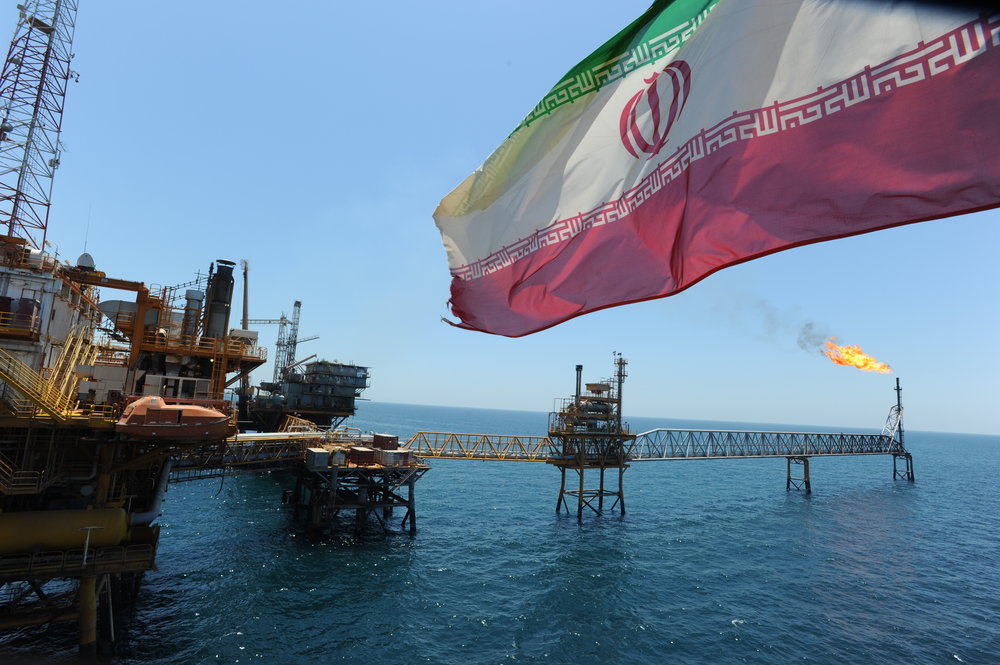
(Platts, 9.Feb.2021) — Emboldened by the change in US presidency, Iran is pushing more oil onto the market, even as sanctions remain in place, as it looks ahead to a full return to the global oil market as demand recovers from the pandemic.
Preliminary estimates suggest that Iran many have shipped somewhere between 800,000 b/d to 1 million b/d of crude and condensate last month, largely to China. That is a sharp rise from last year when tough US sanctions enforcement pushed volumes as low as 500,000 b/d in some months, according to industry and shipping sources.
But the path to a truce that would fully unlock Iran’s approximately 2.6 million b/d export capacity remains complicated.
Iran must return its nuclear material stockpiles back to levels specified in the deal before talks take place, US President Joe Biden has said, while Tehran says Washington needs to show good faith by pulling back stringent sanctions reimposed by his predecessor Donald Trump when the US withdrew from the agreement in mid-2018.
Iranian crude production has climbed steadily since the US election in November. In January, Iran pumped 2.14 million b/d of crude, its highest since November 2019, according to the latest S&P Global Platts survey of OPEC output.
More is likely to come, sources have told Platts, particularly in the run-up to the Iranian new year Nowruz celebrations in late March.
The government recently ordered its domestic oil operators to ramp up operations, largely from the South Azadegan and West Karun fields. Pre-sanctions crude production capacity was about 4 million b/d.
“Iran’s oil fields and regional producing companies have already received a planned schedule and orders to increase their production, said Sara Vakhshouri, president of energy consultancy SVB Energy International. “If there are less export restrictions and Iran could gradually increase its export, we can expect a gradual output rise of about 120,000-150,000 b/d each month, in the coming months.”
Platts Analytics said the US and Iran could reach a framework agreement to restore the nuclear deal, or Joint Comprehensive Plan of Action deal, as early as the next 1-3 months, with Iranian crude supply to grow by 1 million b/d between February and December.
Full sanctions relief may not happen until the fourth quarter, however, assuming Iran would need four months to return its uranium enrichment levels to JCPOA compliance, Platts Analytics said.
“Output then grows by 500,000 b/d by June 2022 and 150,000 b/d by end-2022,” it said in a recent note.
Creative strategies
The US sanctions, which heavily penalize buyers of Iranian oil and blacklist them from the US financial system, have made Iran increasingly creative in finding outlets for its mainly heavy sour crude.
Getting accurate estimates of Iran’s crude and condensate flows has become extremely tricky as several of the country’s state-owned oil tankers have turned off their satellite tracking systems to cloak their shipments.
Iranian officials have steadfastly refused to divulge any data on crude production or exports since the sanctions were reimposed.
TankerTrackers.com, a research firm that closely tracks global oil flows, estimates that Iran exported 1.5 million b/d of crude and condensate last month, compared to an average of 916,000 b/d in 2020.
“Over the past few months, we have witnessed draws in both onshore and floating storage,” co-founder Samir Madani said. “Given that Iran’s export baseline is significantly higher than most estimates, any sanction waivers by the Biden administration would only be perceived by Iran as a bonus to what they’re currently shipping out the door.”
Data intelligence company Kpler, however, pegged Iran’s oil exports much lower at 550,000 b/d in January in a recent report, though it said it likely will revise that figure upwards as it firms up its tracking of Iran’s “ghost ships” that have their satellite transponders off.
Vakhshouri estimated exports at just north of 800,000 b/d, all of it crude, while another industry source who spoke to Platts on condition of anonymity had volumes around 840,000 b/d.
Iran is also using ship-to-ship transfers to sell its oil at ports in the Persian Gulf and parts of Southeast Asia around Malaysia and Indonesia.
Iranian crude is shipped to these regions using feeder ships and then transferred to smaller vessels that do not mention Iran as their point of origin.
Reclaiming market share
China, locked in trade tensions with the US, has been the predominant buyer of these disguised shipments, market sources said, as it took advantage of depressed global oil prices and likely discounts offered by Iran.
Other buyers included Syria and Venezuela, which is also under heavy US sanctions and has been importing Iran’s South Pars condensate and gasoline, sources said.
Like many countries that have imposed COVID-19 measures, Iran saw its domestic oil consumption tumble in 2020, which enabled it to export more crude and condensate, Madani said. “They did so without actually needing to increase production,” he said.
Continued Chinese buying would have knock-on effects for competing crude grades, such as Iraq’s new Basrah Medium and Saudi Arabia’s Arab Medium.
Iran, Iraq and Saudi Arabia are all members of OPEC, though Iran has been exempt from the organization’s hefty production cuts while it remains under sanctions.
If OPEC and its allies, including Russia, roll back their production quotas later this year as the global economy recovers from the pandemic, as expected, Iran will face increasing competition in the market.
The UAE, Russia, Saudi Arabia, Iraq, Kuwait, Oman, Mexico, Ecuador and Colombia were some of the countries that benefited from the fall in Iranian oil exports, as they produce similar crude to Iran.
Iranian crudes are mainly heavy and medium, but sour — high in sulfur — and are widely used by complex refineries. When refined, they yield high volumes of gasoil and fuel oil
China, India, Japan and South Korea, which make up the bulk of major Asian refining hubs, are significant buyers of these types of oil, along with Turkey and Europe.
____________________
By Eklavya Gupte and Herman Wang

